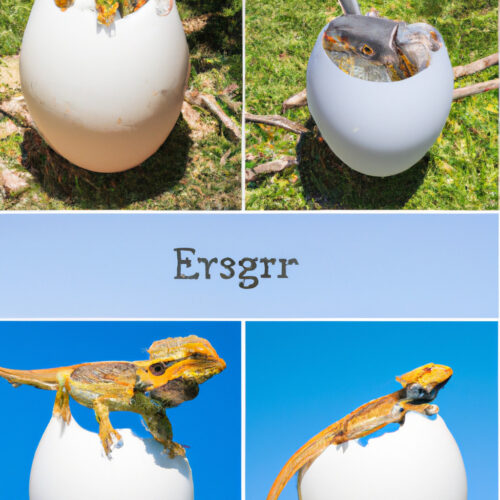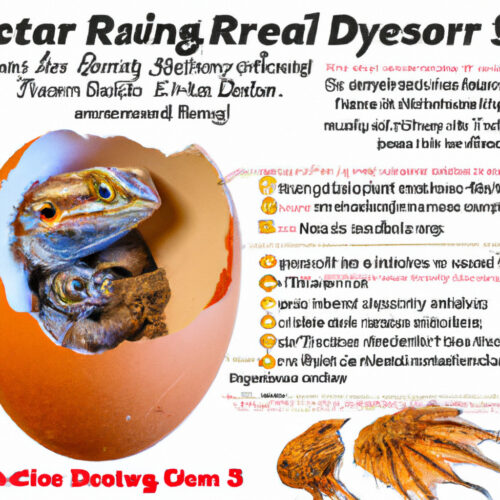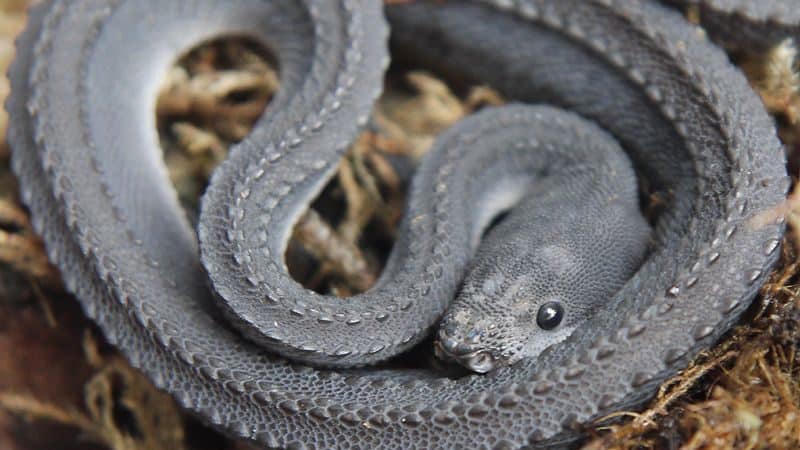Bearded dragons, also known as Pogona, are beautiful reptiles that have captured the hearts of many dragon enthusiasts. These incredible creatures are native to Australia and are renowned for their unique characteristics, including their majestic egg-laying journey. In this article, we will explore when bearded dragons start their remarkable quest of bringing new life into the world.
Bearded dragons typically reach sexual maturity between the ages of eight months and one year, depending on various factors such as diet, genetics, and care. Once they reach this stage, they become capable of laying eggs. However, it is important to note that the age at which bearded dragons begin their egg-laying journey can vary among individuals.
The Seasonal Influence
Like many reptiles, bearded dragons are highly influenced by the changing seasons. The cycles of nature play a significant role in their reproductive behavior. In their natural habitat, these dragons follow a specific pattern when it comes to their breeding season. As the days become longer and temperatures rise, bearded dragons enter a period known as brumation, which is similar to hibernation. During this time, their metabolic rate decreases, and they become less active. This period typically occurs during the cooler months of fall and winter.
When the weather warms up and spring arrives, bearded dragons emerge from their brumation state, ready to mate and lay eggs. The increase in temperature and daylight triggers hormonal changes in these majestic creatures, signifying the beginning of their egg-laying journey. In captivity, where the temperature remains more constant, adjustments can be made to mimic the change in seasons by adjusting lighting and heating within their enclosure.
Observing Behaviors
As a dragon enthusiast, it’s essential to observe the behaviors of your bearded dragon to determine when they are ready to lay eggs. Females may display specific signs indicating their readiness, such as restlessness, digging, and loss of appetite. If you notice these behaviors, it’s time to prepare for the arrival of their precious clutch.
Providing a suitable nesting area is crucial to ensure the successful completion of the egg-laying journey. Creating a separate, spacious box filled with moist sand or a mix of sand and soil will allow the female bearded dragon to dig a proper burrow in which to deposit her eggs. The nesting box should be easily accessible and placed in a quiet area of their enclosure to provide a sense of privacy.

Once the nesting area is prepared, it’s a waiting game until the female bearded dragon begins laying her eggs. The process can take several hours, with the female carefully positioning each egg within the burrow. It’s essential not to disturb or interfere during this time, as it can cause stress or even result in the female abandoning the clutch.
While the female is focused on her egg-laying duties, it’s crucial to ensure she has access to fresh water and a well-balanced diet. Proper nutrition is vital during this time to support her strength and replenish any nutrients lost during the reproductive process.
Handling and Incubation
Once the female bearded dragon has finished laying her eggs, it’s essential to handle them with extreme care. The eggs are delicate and must be carefully transferred to an appropriate incubation container. It’s important to ensure that the eggs’ orientation is maintained, as rotating them can harm the developing embryos.

Incubation plays a vital role in the successful development and hatching of bearded dragon eggs. The optimal temperature for incubation varies between 84°F and 88°F (29°C and 31°C), with a humidity level of approximately 80%. Maintaining these conditions throughout the incubation period, which usually lasts between 55 to 70 days, is crucial for healthy embryo development.
During the incubation period, it’s recommended to periodically check the eggs to ensure they remain in good condition. Discard any that appear to be infertile or show signs of mold, as these can potentially harm the viable eggs. Patience is key during this waiting period, as the anticipation of new life is both exciting and awe-inspiring.
As the days pass and the eggs near their expected hatch date, you may begin to notice slight movement coming from within. This stirring indicates that the hatchlings are preparing to break free from their shells and enter the world. It’s essential to resist the urge to assist in the hatching process. The hatchlings have specialized structures called egg teeth, which they use to navigate their way out. Attempting to intervene can cause harm to the delicate creatures.

Once the bearded dragon hatchlings have successfully emerged, it’s crucial to provide them with a nurturing and suitable environment. Their enclosure should include appropriate temperature gradients, UV lighting, and a varied diet consisting of small, appropriately sized insects and leafy greens. Taking good care of the hatchlings will ensure their growth and development into healthy bearded dragons.
Conclusion
The egg-laying journey of bearded dragons is a remarkable and mesmerizing process. Understanding when these majestic creatures begin this journey is crucial for providing them with the care and support they need. By observing their behaviors and creating suitable conditions, you can be a part of their incredible reproductive cycle. Witnessing the hatching of bearded dragon eggs is a truly awe-inspiring experience, bringing joy and wonder to dragon enthusiasts around the world.



